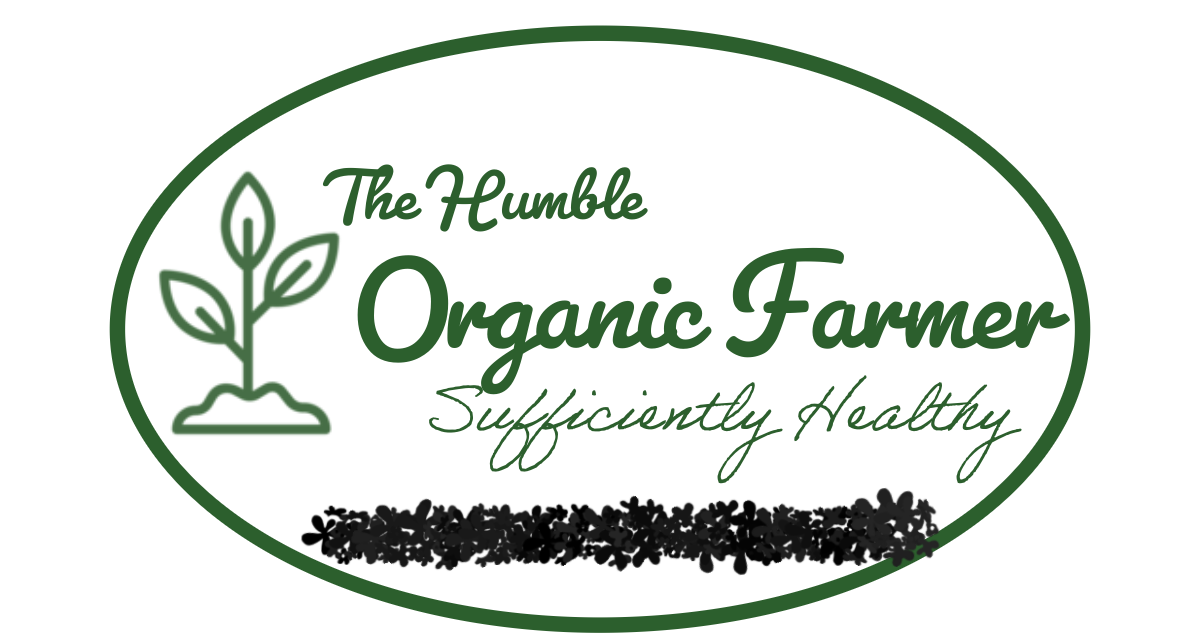Bacterial Speck is among the most common diseases of tomatoes. The infection greatly reduces the quality of the tomato, making the fruits less marketable and reducing the yield.
Quick fact
The first instance of Bacterial Speck in Chile happened in 1987. Since then, the disease has been spreading very constantly. Read the facts on the National Institute of Health here
What is Bacterial Speck?
Bacterial speck is a tomato disease caused by the bacterium Pseudomonas syringae pv. tomato, a gram-negative bacterium that infects tomato plants. The bacterium gets its way into the tomato through the roots, stem, fruits, or even through the infected seeds. Bacterial speck thrive in areas with high humidity and mild temperatures. If not properly managed, the disease can quickly damage your tomato trees.
Symptoms of Bacterial Speck
The Bacterium Speck disease is easily identifiable through the physical symptoms. The following are the most common symptoms associated with this disease.
Leaf Symptoms:
- Dark and small lesions on the leaves, smaller than the bacterial spot lesions.
- Yellow halo around the lesions.
- The lesions are concentrated on the lower side of the leaf than on the top.
Stem and Fruit Symptoms:
- Dark lesions on the surface of the fruit.
- Sunken specks. since the surrounding healthy tissues grow faster than the lesions.
- A dark green halo around the fruit lesions
Fruit lesions do not penetrate deeper than the surface of the fruit. The marketability of the fruits is greatly lowered since the lesions form on the surface of the fruit.
Flower Symptoms:
- Blossoms drop
- Immature Death of Flowers.
Related: A complete guide for all tomato diseases
Conditions Favoring Bacterial Speck
Every tomato bacterium has optimum conditions to thrive. Pseudomonas syringae pv. tomato pathogen thrives under the following conditions.
Warm, Humid Environments:
The bacterium spreads faster through water droplets. The presence of high humidity or water (in the event of a lot of rain) on the surface of the leaves accelerates the spread of the disease.
Susceptible Varieties:
It is true that the strength of disease resistance in tomatoes differs from one variety to another. Some tomato varieties are more easily affected by the disease than others. It is the burden of an organic gardener to identify appropriate disease-resistant varieties for your garden.
Poor Air Circulation:
Overcrowded crops limit the air flow which in turn promotes humidity buildup. The rise of the humidity worsens the situation.
Infected Seed:
Seeds are also good agents for spreading the disease. It is important for the gardener to ensure that they buy seeds from trusted sources or store their healthy seeds.
Management and Control of Bacterial Speck
Effective management of bacterial speck relies heavily on the gardener’s commitment and approaches to gardening practices. It begins with choosing the right variety and ends with the timely application of organic disease control sprays. The following list shows the key strategies that can help thwart the spread of the disease.
Resistant Varieties:
Choosing disease-resistant varieties is one of the most effective ways of controlling Bacterial Speck. Some hybrid varieties available may be bred to resist the development of the disease. It is every gardener’s responsibility to identify them.
Seed Treatment:
As already mentioned above, one agent for spreading bacterial speck is infected seeds. Make sure that every seed brought to your garden is treated to avoid welcoming the disease.
Crop Rotation:
This is one of the old methods of disease control. It helps reduce the spread of the disease by limited the pathogen build-up in the soil. Avoid planting tomatoes in the same place every time.
Pruning and Spacing:
Proper spacing ensures enough space between plants for proper air circulation. Pruning on the other hand reduces the excess foliage which in turn helps with reduced humidity and improved air circulation. Pruning or getting rid of the infected plants will prevent further spread of the disease.
Irrigation Management:
In dry places or greenhouse house gardening where watering is by irrigation, use irrigation methods that do not encourage wetness on the leaves. Drip irrigation is preferable to overhead irrigation.
Sprays
If you have failed to control the disease by management practices, use natural copper-based bactericides or any other organic bacteria control sprays available in your locality.
Conclusion
Bacterial speck is not only destructive but dangerous to your tomatoes. If not detected and controlled early enough, the quality of the product is reduced and the yield is compromised. Use all the suggested preventive measures and try your best to maintain the hygiene of your garden and you will conquer the disease.

Very good https://rb.gy/4gq2o4
Awesome https://is.gd/N1ikS2